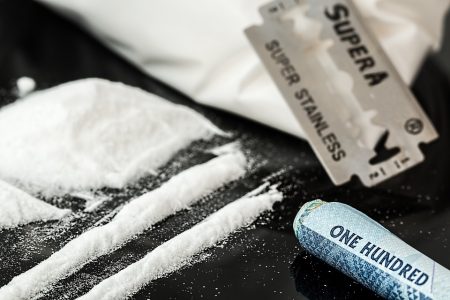More rehab centers are opening its door to help people suffering from opioid addiction ever since the discovery of Thomas Sachy’d patients. Now, as the public gradually catching up knowing the full scale of the drug problem, many healthcare facilities are offering services for these people to regain full control of their lives again.
Law enforcers endorsed all of Sachy’d patients to a number of local rehab centers to help these people with their addiction. Without proper medical attention method people gravelly face drug overdose which eventually leads to death. They even made the process easier- all these people need do is to call or walk inside the clinic to meet the doctor in charge.
Having these kinds of facilities makes it possible for addicts to seek proper medical attention they need without the stigma of a suffering addict. Recovering from opioid addiction takes time; it’s not an overnight event even with the help of various treatment plan and medications. However, such facilities and process allow people to access treatment programs without getting indiscrimination from society.
“While a Gray doctor accused of illegally prescribing opioid and other drugs remains in jail, his case has many people asking how Thomas Sachy’s patients and other people with addiction problems can get help.
According to the Centers for Disease Control Prevention, three out of every five drug overdoses nationwide, involve opioids.
Law enforcement has directed Sachy’s patients to several local rehabilitation centers that help people suffering from painkiller addiction or other substance abuse.
Health Qwest Clinical Director Amber Foster says the clinic helps people recovering from substance abuse.
“Certainly if they’ve been abusing it, then this is where they need to come,” said Foster. To be eligible, you must be 18 years or older and abused a substance for at least a year. They say all you have to do is call to make an appointment or walk right in the door. Treatment costs $12 a day out of pocket, including medication to slowly get used to not having opioids in your system. “It’s like insulin — it helps them with their diabetes, whereas this medication is going to help them with the addiction and the dependence upon the opioids,” says Foster.
She says the medication is given daily to patients in the center. In time, they are allowed to take the medication home in a secure bag and with secure medicine capsules. “The bottles have like a built in seal to make sure those haven’t been opened or things like that. It’s to prevent patients from either selling their medication or overtaking it,” says Foster. Foster says the long-term treatment comes from the counseling, “I think of the medication as the band-aid and the counseling but in combination that’s what we see has worked the best long term.”
She says each patient takes their own amount of time recovering, “It’s not an easy fix, it’s not an overnight thing, it’s not an in-and-out program. We like to recommend that patients be in treatment for at least half the time that they’ve been using, because your body needs to adjust to the new medication and we have to slowly taper you off of it.”
Read the rest of the article here.

